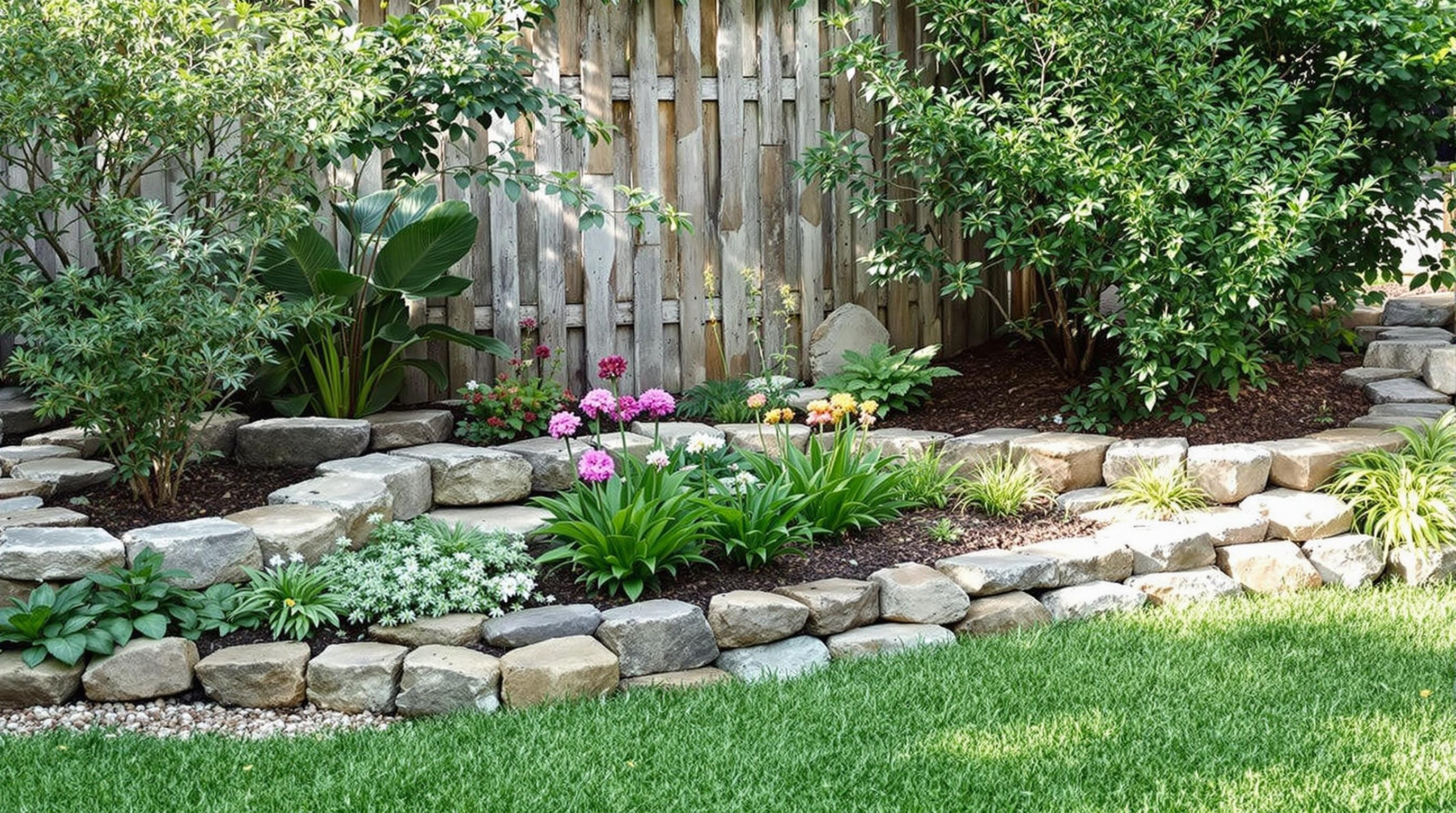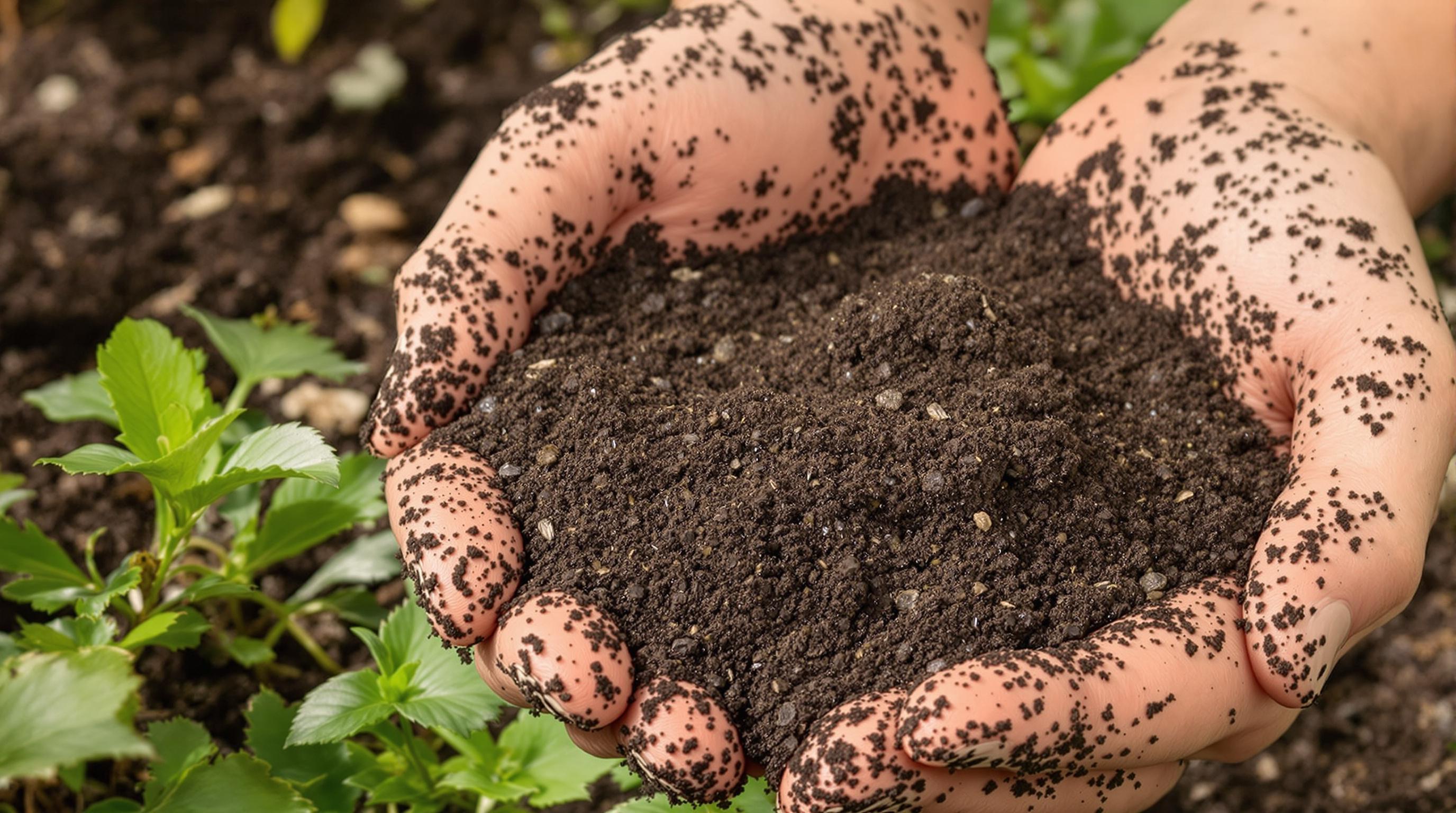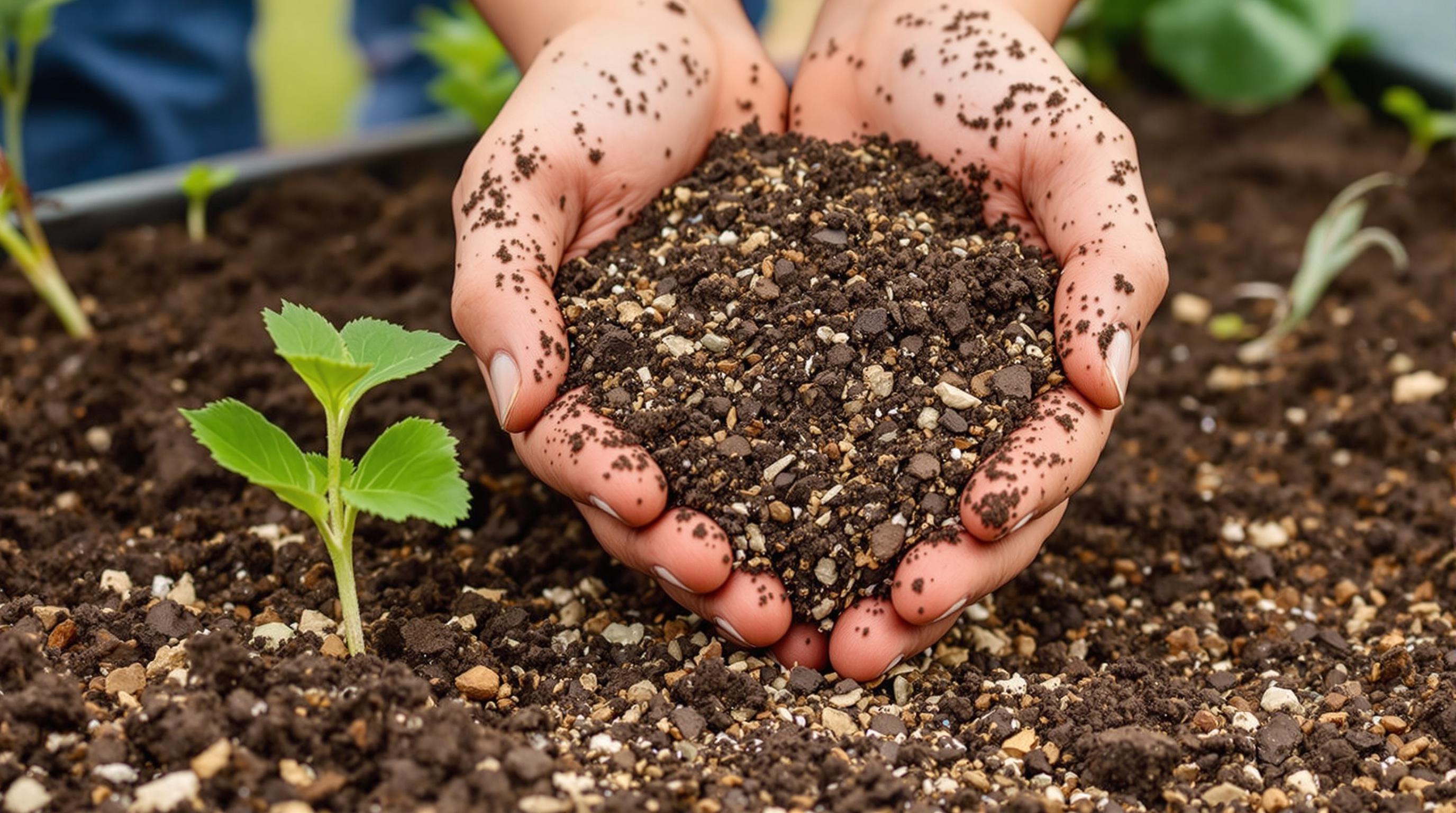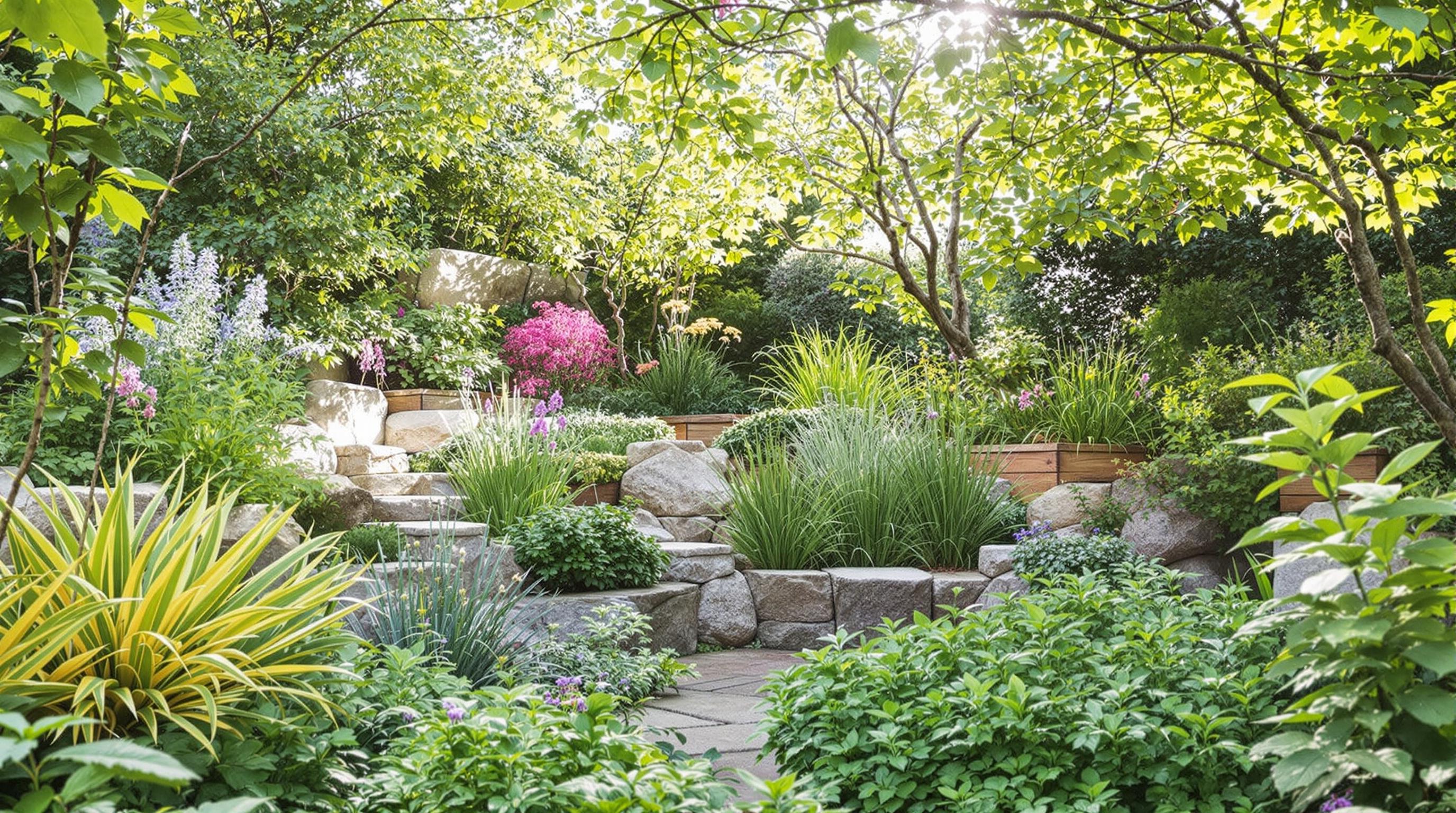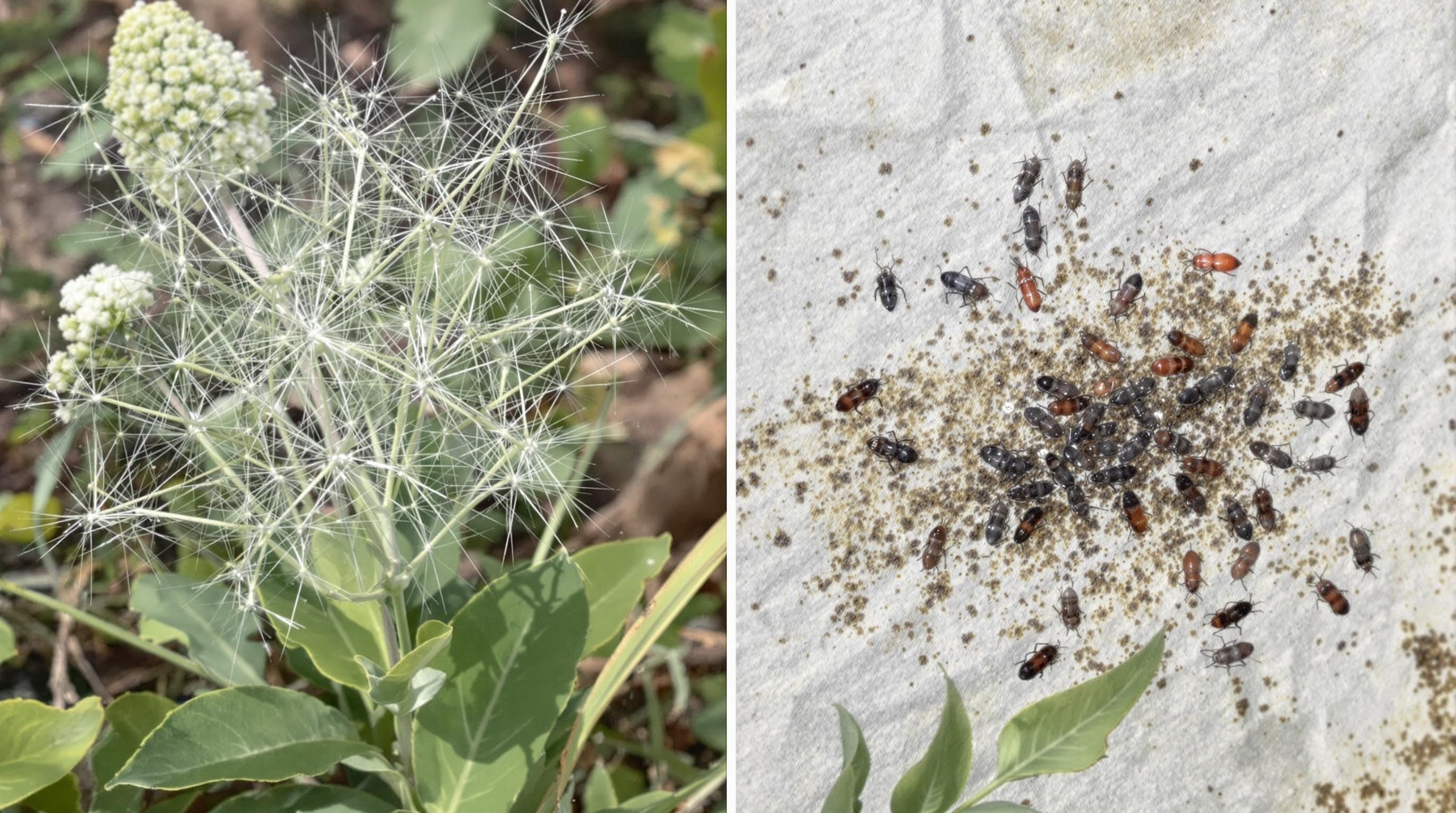Related Articles
- The Hidden Influence of Ergonomics: How Tool Design Shapes Our Physical Spaces and Daily Lives
- The Silent Influence: How Hidden Home Implements Shape Our Daily Routines and Spaces
- The Counterintuitive Role of Chaos: How Messy Tool Storage Can Lead to Unexpected Home Innovations
- Exploring the Unseen: How Audio Experiences Shape the Art of Domestic Spaces and Color Perception
- Rethinking the Mundane: How Everyday Objects are Becoming the Canvas for Modern Artistic Expression in Home Spaces
- Cultivating Chaos: The Surprising Benefits of Embracing Weeds in Your Garden Ecosystem
11 Unconventional Materials You Can Reuse in Landscaping: Transforming Your Garden with Sustainability and Creativity
11 Unconventional Materials You Can Reuse in Landscaping: Transforming Your Garden with Sustainability and Creativity
11 Unconventional Materials You Can Reuse in Landscaping: Transforming Your Garden with Sustainability and Creativity
Introduction to Sustainable Landscaping
Sustainable landscaping is an approach that emphasizes the efficient use of resources while also harnessing creativity and innovation. As environmental awareness grows, many gardeners are seeking ways to reduce waste and make the most of available materials. Reusing unconventional items not only promotes sustainability but also infuses unique character and charm into gardens.
In this article, we will explore eleven unconventional materials that can be repurposed in your landscaping projects. By adopting these creative strategies, you will not only contribute positively to the environment but also cultivate an inspiring and individualized outdoor space.
From discarded household items to industrial byproducts, the possibilities for reusing materials in landscaping are endless. Let’s delve into the unique materials that can help transform your garden into a sustainable sanctuary.
1. Old Pallets
Wooden pallets are a popular choice for gardeners looking to create vertical gardens, raised beds, or even furniture. These versatile items can be easily disassembled to provide slats for planting or can be utilized as whole units mounted against a wall.
When using pallets, ensure that they are heat-treated rather than chemically treated to avoid introducing harmful substances into your garden. By staining or painting them, you can create an artistic focal point while providing your plants with a sturdy frame.
Pallet gardens also have the bonus of minimizing the need for soil, making them an excellent option for small spaces or urban environments.
2. Broken Concrete
Instead of letting broken concrete go to waste, consider using it as a base for pathways, borders, or even retaining walls. When carefully arranged, pieces of concrete can create visually interesting designs while providing durable infrastructure.
Concrete can also be crushed into gravel, offering an eco-friendly alternative to store-bought landscaping materials. This approach not only reduces landfill waste but also contributes a rustic element to your garden.
Incorporating broken concrete into your landscaping can enhance drainage and prevent soil erosion while maintaining a rugged aesthetic.
3. Wine Bottles
Wine bottles have been creatively repurposed into garden borders, edging, and planters. Their unique colors and shapes can add visual appeal while serving practical purposes, such as defining pathways or protecting tender plants.
By turning bottles upside down and burying them partially in the soil, you can create innovative borders that allow light to filter through while also deterring weeds. Additionally, cut wine bottles can be transformed into beautiful hanging planters, adding a whimsical touch to your outdoor space.
Utilizing wine bottles encourages creativity in design and supports sustainability by recycling glass materials.
4. Tires
Old tires, often seen as clutter, can be transformed into vibrant garden features. They can be painted in bright colors and stacked to create imaginative raised beds for flowers or vegetables. Alternatively, they can function as swings or planters, integrating fun and functionality.
Recycled tires also provide excellent drainage and can endure harsh weather conditions, making them a long-lasting addition to your garden. When used creatively, they can evoke a playful aesthetic, appealing to both adults and children.
By embracing recycled tires in landscaping, you not only divert waste from landfills but also encourage innovative garden designs.
5. Broken Pots
Chipped or broken terracotta pots can be given a second life through innovative designs. They can be utilized as drainage materials in the bottom of larger pots or be transformed into charming garden art when arranged as mosaics.
Moreover, fragments of broken pots can be repurposed to create unique markers for plants, or even as an interesting ground cover in rock gardens. This method is not only budget-friendly but also brings an element of tranquility to your landscape.
With the right vision, ‘broken’ can indeed be beautiful in the context of landscaping.
6. Glass Jars
Glass jars can serve multiple functions in the garden, from storage solutions for seeds and small tools to attractive lanterns when fitted with candles. Their versatility allows for creative applications that add both functionality and charm to any outdoor space.
For example, jars can function as mini greenhouses for starting seedlings or can be buried neck-deep in the soil to create watering devices that provide gradual hydration to plants.
Repurposing glass jars not only prevents additional waste but also contributes a delightful aesthetic that can complement virtually any garden theme.
7. Wood Scraps
Leftover wood scraps from construction projects can be transformed into various landscaping features. They can be crafted into benches, trellises, or decorative borders, adding a rustic charm to your space.
Wooden scraps can also be used for making birdhouses or insect hotels, encouraging biodiversity and creating an eco-friendly oasis. Ensure that any wood used is untreated to avoid chemical leaching into the soil.
By repurposing wood, you bring warmth and natural aesthetics to your landscape while making good use of materials that might otherwise go unused.
8. Fabric Scraps
Recycling fabric scraps can yield numerous landscaping possibilities. Old curtains or pillowcases can be transformed into garden flags, windcatchers, or decorative plant covers, adding a splash of color to your garden.
Additionally, fabric can be used to create landscape cloth that suppresses weeds while allowing water to penetrate the soil. This practical approach helps you maintain a healthy garden with reduced chemical usage.
Incorporating fabric into your landscaping embraces sustainability through creativity, turning potential waste into lovely features.
9. Cinder Blocks
Cinder blocks are ideal for creating modular garden beds or retaining walls, providing a modern and industrial look. They can also serve as unique vertical planters by filling the hollow spaces with soil and arranging plants not only on top but also within the block structure.
While cinder blocks are durable and long-lasting, they can be painted or covered with other materials to enhance their appearance and fit your garden's aesthetic.
Incorporating repurposed cinder blocks creates an eye-catching design, offering both structure and creativity to your landscaping endeavors.
10. Upcycled Furniture
Old furniture can seamlessly transition from indoor use to garden decor. Chairs, tables, and cabinets can be repaint, refurbished, and placed within outdoor spaces for whimsical elegance.
Consider using an old dresser as a vertical garden, planting flowers in the drawers, or converting a chair into a unique planter. Each piece tells a story while adding a distinctive touch to your landscape.
Upcycling furniture not only mitigates waste but also allows you to express your individuality and creativity in your garden design.
Conclusion
Transforming your garden with unconventional materials is not only a sustainable practice but also an exciting creative endeavor. The eleven items highlighted in this article are just a few examples of how waste can be reimagined into something beautiful and functional.
By engaging with these materials, you can cultivate an outdoor space that reflects your personality while fostering ecological mindfulness. As you embark on your landscaping journey, remember that every item has a story to tell and can add unique charm to your garden.
Ultimately, embracing sustainability in landscaping helps protect our planet while encouraging innovation, creativity, and community engagement.
